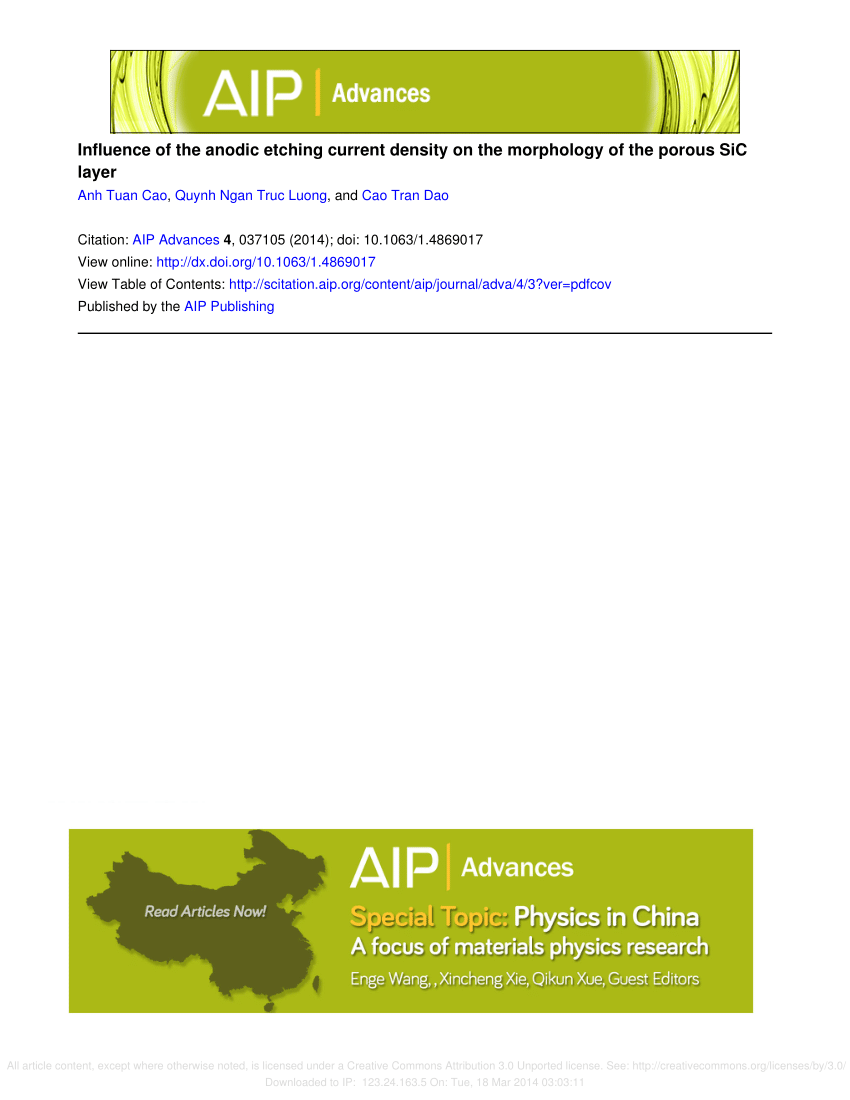An experimental study of the impact of various infill parameters on the compressive strength of 3D printed PETG/CF
IF 1.4
4区 物理与天体物理
Q4 MATERIALS SCIENCE, MULTIDISCIPLINARY
引用次数: 0
Abstract
This study examines the effect of different infill patterns and percentages on the compressive strength attributes of carbon fiber-reinforced PETG samples printed using fused deposition modeling, employing response surface methodology. Carbon fiber-enhanced PETG (polyethylene terephthalate glycol) composites represent a cutting-edge advancement in additive manufacturing, drawing significant interest due to their impressive mechanical attributes. The experimentation involves modifying printing parameters such as the infill pattern (tri-hexagon, cubic, or line) and infill density (40%, 60%, and 80%). These parameter values were obtained through a central composite experimental design utilizing response surface methodology. The compressive strength of the 3D-printed carbon fiber-reinforced PETG specimens is assessed following ASTM D695 standards. Research indicates that increasing the density of the infill results in enhanced compressive strength. Specifically, specimens featuring an 80% infill density with a tri-hexagon pattern demonstrate a notable compressive strength of 39.16 MPa. By employing regression analysis and optimization techniques, the study predicts experimental outcomes accurately. These findings offer valuable insights into refining the manufacturing process of carbon fiber-reinforced PETG components. This advancement holds potential benefits across various engineering fields, particularly in automotive and aerospace industries, where strength and durability are essential.各种填充参数对 3D 打印 PETG/CF 抗压强度影响的实验研究
本研究采用响应面方法,研究了不同填充模式和百分比对使用熔融沉积模型打印的碳纤维增强 PETG 样品抗压强度属性的影响。碳纤维增强 PETG(聚对苯二甲酸乙二酯)复合材料代表了增材制造领域的前沿进展,因其令人印象深刻的机械属性而备受关注。实验涉及修改打印参数,如填充图案(三六边形、立方体或直线)和填充密度(40%、60% 和 80%)。这些参数值是利用响应面方法,通过中心复合实验设计获得的。3D 打印碳纤维增强 PETG 试样的抗压强度按照 ASTM D695 标准进行评估。研究表明,增加填充密度可提高抗压强度。具体来说,填充密度为 80% 的三六边形试样的抗压强度高达 39.16 兆帕。通过采用回归分析和优化技术,该研究准确地预测了实验结果。这些发现为完善碳纤维增强 PETG 组件的制造工艺提供了宝贵的见解。这一进步有望惠及各个工程领域,尤其是对强度和耐用性要求极高的汽车和航空航天领域。
本文章由计算机程序翻译,如有差异,请以英文原文为准。
求助全文
约1分钟内获得全文
求助全文
来源期刊

AIP Advances
NANOSCIENCE & NANOTECHNOLOGY-MATERIALS SCIENCE, MULTIDISCIPLINARY
CiteScore
2.80
自引率
6.20%
发文量
1233
审稿时长
2-4 weeks
期刊介绍:
AIP Advances is an open access journal publishing in all areas of physical sciences—applied, theoretical, and experimental. All published articles are freely available to read, download, and share. The journal prides itself on the belief that all good science is important and relevant. Our inclusive scope and publication standards make it an essential outlet for scientists in the physical sciences.
AIP Advances is a community-based journal, with a fast production cycle. The quick publication process and open-access model allows us to quickly distribute new scientific concepts. Our Editors, assisted by peer review, determine whether a manuscript is technically correct and original. After publication, the readership evaluates whether a manuscript is timely, relevant, or significant.
 求助内容:
求助内容: 应助结果提醒方式:
应助结果提醒方式:


